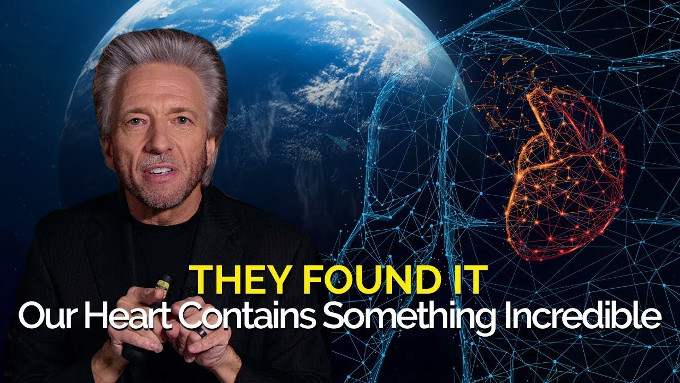

This mode of prayer does NOT attempt to “make” something happen, somewhere where we may not agree with what life is showing us. To be very clear, this form of prayer is NOT directed at a place, person, organization, country, city or event. When we choose peace or healing from our heart, there is no polarity created to balance our choice, as there is no “left” and “right” heart.įrom our heart, the feeling is the prayer! Studies have shown that this quality of gratitude and appreciation for the peace that already exists creates a “field effect”-in the presence of peace, all that can happen is peace.

The word is Shante Ishta (the single eye of the heart). In the Native traditions, there is even a word that describes the non-polar objectiveness of the heart, the heart that sees what “is” rather than judges what should be. Our hearts, on the other hand, have no polarity. When we pray “for” something, we are using a mental process of logic! While thought-based prayers “for” peace in Iraq, for example, may be well-intentioned and appear to create a temporary peace or healing in one place at one point in time, they may inadvertently create precisely the opposite of the peace that is intended, in another place, at another time! The physics of our world require that when something is created with a charge in one polarity, the opposite must be created as well, to balance the charge. Praying “for” something creates a strong feeling-a charge-of what “should” or “should not” be. The logic of our brain works in polarity-left brain/right brain, light/dark, good/bad, right/wrong, etc. Specifically, this mode of prayer invites us to feel the appreciation and gratitude in our heart, as if our prayers have already been answered, even if the world appears to show us otherwise.Īs evidence suggests that our world and our bodies mirror what we think/feel, we must be very clear that our prayers originate from our hearts, rather than in our heads. The “lost” mode of prayer is a form of prayer that has no words, no outward expression, and is based simply in feeling.

The “lost” mode of prayer is simply one more tool to place into our prayer tool box. In its simplest expression, prayer is the very personal and innate ability within each of us to commune with our world, one another, and a greater presence. Clearly there are no “right” or “wrong” ways to pray.
#GREGG BRADEN HEART HOW TO#
These studies add to a growing body of evidence suggesting that focusing our feelings of appreciation and gratitude, as if our prayers have already been answered, have a measurable effect on the quality of life during the time of the prayer.2įollowing our description of this “lost” mode of prayer in the book, The Isaiah Effect3, your emails and phone calls have asked for further clarification as to precisely how to apply this prayer in our lives. That number is the square root of 1% of the population involved. Statistics have shown that a specific number of people, joined in a focused, unified consciousness of non-denominational mass prayer, produce effects that extend well beyond the room or building where the prayer has occurred. In light of the escalating global tensions, recent studies offer new hope, and renewed credibility to our most cherished traditions, suggesting that we may “do something” about the seemingly unending cycles of violence, and future of our world. Perhaps now, more than at any time in our history, the choices that we make in our lives have lasting effects, and global consequences, that will extend for hundreds of generations into our future. A Clarification for the “Lost” Mode of Prayer


 0 kommentar(er)
0 kommentar(er)
